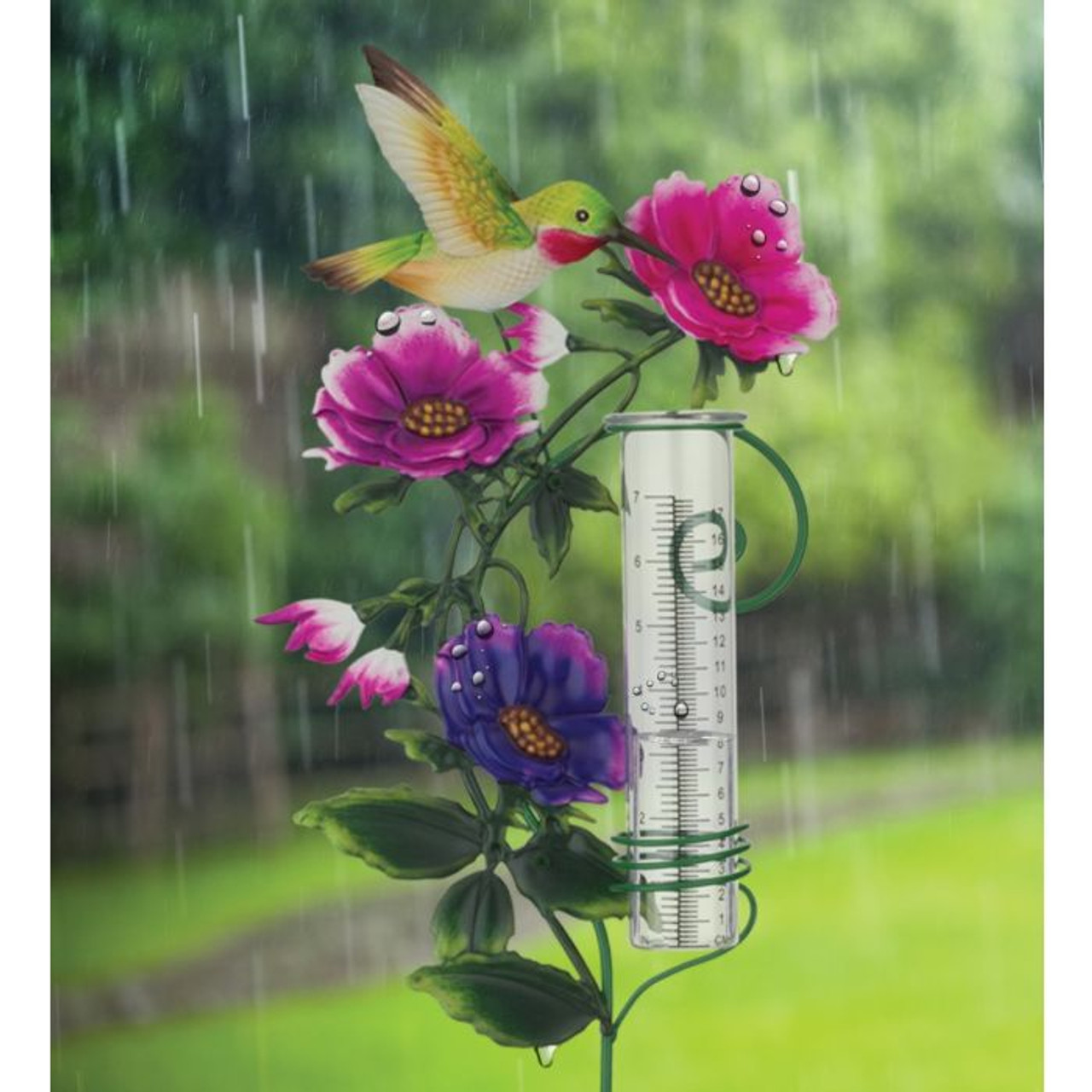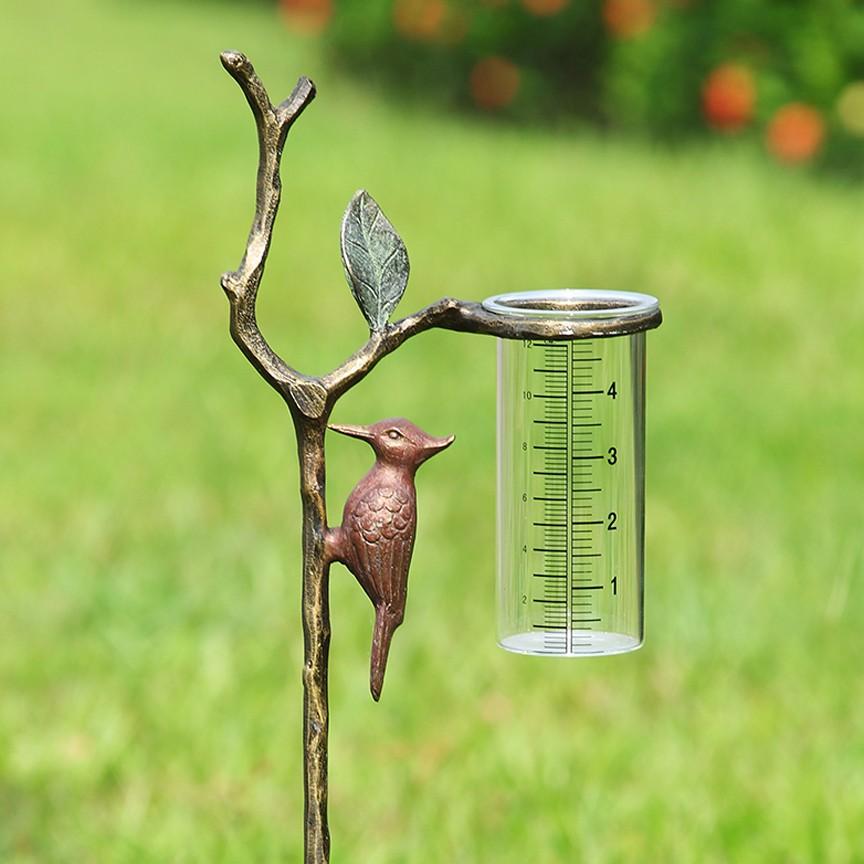The Rain Gauge: Necessary Information and Finest Practices for Climate Fanatics
The Rain Gauge: Necessary Information and Finest Practices for Climate Fanatics
Blog Article
Comprehending Rain Scale Dimensions: A Complete Guide
Comprehending Rainfall Scale Measurements: A Full Overview is a detailed source for anyone looking for a much deeper understanding of rain gauge dimensions. Whether you are a specialist in the field or merely have an inquisitiveness regarding rainfall measurement, this overview will certainly outfit you with the knowledge required to successfully utilize rain gauge measurements.
The Value of Rain Gauge Measurements
The significance of rain scale measurements hinges on their role as an important device for accurately keeping track of and analyzing rainfall degrees - The Rain Gauge. Rainfall scale dimensions give important data that helps meteorologists and hydrologists understand patterns and fads in rains, which subsequently help in different fields such as agriculture, water resource administration, and climate research

Exact rains measurements are important for agriculture as they assist in determining watering demands, crop development, and return predictions. Farmers rely on this information to make educated decisions about when to sprinkle their crops, preventing water wastefulness and making certain optimum plant health. Additionally, rains data assists in examining the influence of droughts or too much rainfall on crop production, enabling farmers to take ideal measures to decrease losses.
Water resource administration greatly counts on rain gauge measurements to figure out the amount of water offered in rivers, reservoirs, and lakes. Accurate dimensions allow water managers to make enlightened choices about water appropriation and circulation, making sure lasting use and stopping lacks. This information is particularly vital in areas where water deficiency is a pushing concern.
Moreover, rain gauge dimensions play an essential duty in environment research study. By accurately determining rains over expanded durations, scientists can examine long-term environment patterns and recognize adjustments in precipitation patterns due to climate change. This data assists scientists and policymakers establish methods to adapt to and alleviate the results of environment change.
Types of Rainfall Gauges
There are different types of rain gauges used to determine precipitation properly. Each type has its own benefits and limitations, making them ideal for various objectives and atmospheres.
One of the most common kind of rain gauge is the common cylindrical scale. It contains a round container with a wide funnel-shaped top to accumulate rainwater (The Rain Gauge). The water is after that channelled into a graduated determining tube, enabling precise dimension of the amount of rains
One more kind is the evaluating rain scale. This gauge makes use of a sensitive equilibrium to gauge the weight of the collected rainfall. By converting the weight into volume, the quantity of rainfall can be figured out. Considering rainfall evaluates are particularly valuable in areas with icy precipitation or heavy rainfall, as they are not influenced by splashing or dissipation.
Tipping bucket rainfall gauges use a device that tips a small container each time it gathers a particular quantity of rainwater. The number of suggestions is videotaped and made use of to compute the rainfall. This sort of scale is generally used in automated weather stations because of its low maintenance demands and capability to supply real-time information.
Lastly, there are radar-based rainfall gauges that use radar technology to approximate rainfall. These determines measure the strength of rains in a certain location by evaluating the reflected radar signals. They are particularly beneficial for gauging precipitation over big areas or in remote places.
How Rain Scale Measurements Job
Rainfall gauge measurements are based on the concept of collecting and gauging the amount of precipitation. These tools are developed to record rain and offer an accurate dimension of the rainfall in a specific location.
One of the most typical kind of rain scale is the typical round gauge. It consists of a cylindrical container with a broad opening at the leading to gather rainwater. The collected water is then channelled into a gauging tube, which is calibrated to offer the dimension in systems of size, typically inches or millimeters.
One more sort of rain gauge is the tipping pail gauge. It utilizes a seesaw-like mechanism with 2 buckets that tip when they get to a specific weight threshold. Each idea of the container stands for a specific quantity of rainfall, permitting accurate measurements.
Some advanced rainfall assesses are geared up with digital sensing units that immediately document and transmit data. These sensors use various innovations such as ultrasound or laser to gauge the amount of rainfall precisely.
Elements Impacting Rain Scale Precision
Variables that can impact the accuracy of rainfall scale dimensions consist of various environmental and operational variables. Environmental variables such as wind, temperature level, and atmospheric stress can significantly influence the accuracy of rainfall gauge measurements. Solid winds can trigger the rain scale to turn or move, resulting in imprecise readings. Severe temperatures can cause dissipation or cold of the gathered rain, leading to distorted measurements. Adjustments in air pressure can also impact the accuracy of rainfall gauge dimensions, as they can change the rate at which rains is collected.
Operational variables, on the other hand, refer to next page variables related to the style, installation, and upkeep of the rain scale. The positioning of the rainfall scale in an area with blocked air flow or near buildings or trees can lead to incorrect analyses as a result of blockage or splattering of rainfall. Improper calibration or uneven upkeep of the rain gauge can likewise influence its accuracy.
To make sure the accuracy of rain scale measurements, it is important to take into consideration these factors and take proper steps. This might include selecting a suitable place for the rain scale, ensuring proper installation and upkeep, and consistently calibrating the tool. By attending to these elements, accurate and trusted rainfall dimensions can be acquired, which are essential for numerous applications such as climate forecasting, hydrological research studies, and farming.
Tips for Precisely Measuring Rainfall
To ensure exact rains measurements, it is crucial to execute particular strategies and strategies when using a rain scale. Right here are some suggestions for properly gauging rains:
Appropriate Placement: Place the rain gauge in an open location, far from trees, buildings, and other obstructions that may hinder the rains collection. It needs to be positioned on a level surface to prevent water merging or overflow.

Review the Scale Correctly: When taking dimensions, reviewed the water degree at eye degree from all-time low of the curve. Avoid parallax errors by straightening your view straight with the water level.
Regular Time Interval: Set a consistent time period for measuring rainfall, such as every 24-hour or after each rains occasion. This makes certain precise monitoring and contrast of precipitation information.
Document Measurements Immediately: Tape-record rains measurements asap after collection to prevent dissipation or splilling. Utilize a rainfall gauge with an integrated information logging feature for automated recording.
Verdict
In verdict, recognizing rain scale dimensions is critical for precisely gauging rainfall. It is crucial to take into consideration factors that can affect the accuracy of rain scale dimensions, such as placement, wind, and evaporation.
Understanding Rainfall Gauge Measurements: A Full Guide is a comprehensive resource for any individual looking for a much deeper understanding of rainfall gauge dimensions. Whether you are an expert in the area or merely have a curiosity concerning rainfall dimension, this overview will furnish you with the understanding required to successfully use rain gauge measurements.
The most typical type of rain gauge is the common cylindrical gauge.The most typical type of rainfall gauge is the conventional round gauge.One more kind of rain gauge is the tipping bucket gauge.
Report this page